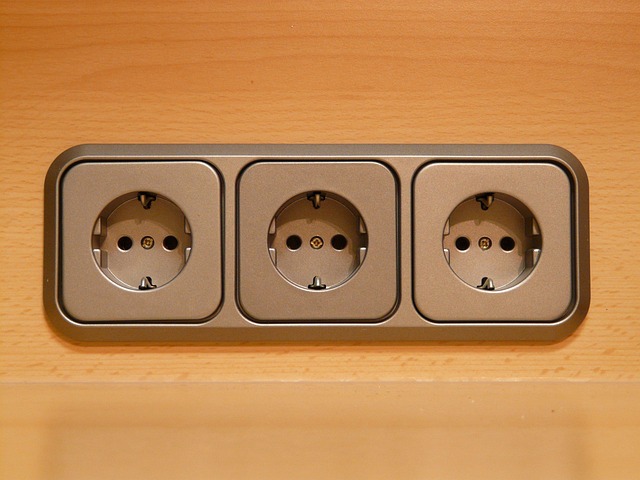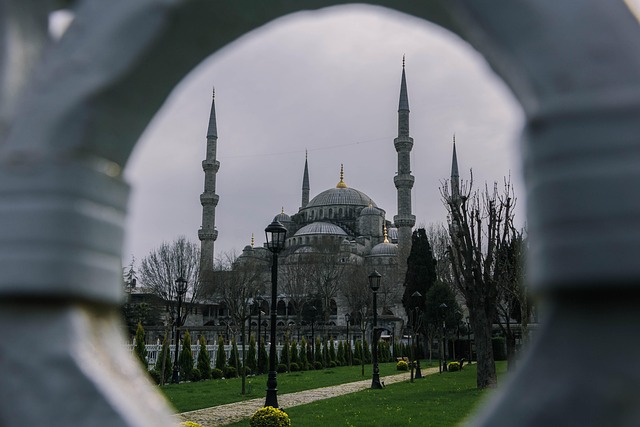Understanding the Urban Heat Island Effect
As urban areas continue to expand, we are often blissfully unaware of the environmental challenges that accompany this growth. One significant issue is the urban heat island effect, where urban zones experience higher temperatures than their rural surroundings, primarily due to human activities and land use changes. This phenomenon not only increases energy consumption but also exacerbates air pollution and threatens the health and well-being of communities.
The Importance of Green Gardening
Community member participation can make a tremendous difference in combatting the urban heat island effect. One of the most effective strategies is through green gardening. Turning asphalt jungles into vibrant gardens can help lower temperatures and improve air quality. Plants cool the air through a process called evapotranspiration, which releases moisture that helps regulate temperature. Moreover, gardens in urban areas can act as natural sponges, absorbing rainwater and reducing flooding.
Eco-Friendly Solutions for Your Community
Implementing eco-friendly solutions not only improves the environment but fosters a sense of community and togetherness. Here are some practical ideas to transform your neighborhood:
- Community Gardens: Collaborate with neighbors to establish community gardens. These green spaces can serve as both a food source and a cool refuge for local residents.
- Tree Planting Initiatives: Trees provide significant shade and oxygen, making them essential in the fight against the urban heat island effect. Organize tree planting events to encourage everyone to pitch in.
- Green Roofs and Walls: Encourage buildings, especially commercial spaces, to adopt green roofs and living walls. Not only do these additions beautify the skyline, but they also help reduce temperatures and improve air quality.
- Native Plants: When gardening, opt for native plants that are well-adapted to your climate. They require less water and maintenance while providing habitats for local wildlife.
- Rain Gardens: Create rain gardens to capture stormwater runoff. They help mitigate flooding while promoting biodiversity and enhancing the aesthetics of your neighborhood.
Getting Started with Green Practices
Beginning your journey toward a greener community can be as simple as encouraging sustainable practices at home. Use organic gardening techniques to cultivate your garden without harmful pesticides. Consider composting kitchen scraps to enrich the soil and reduce waste. Small steps can lead to significant changes when we come together as a community.
Engaging and Educating the Community
Host workshops and events to educate community members about the urban heat island effect and sustainable gardening practices. These gatherings can provide valuable information and inspire participants to get involved in nature-focused initiatives. The more we share knowledge, the better equipped we become to tackle environmental challenges together.
Embracing Nature and Community Spirit
Ultimately, combatting the urban heat island effect is not merely about environmental activism; it’s about reestablishing our connection with nature and enriched communal bonds. Imagine walking through a neighborhood adorned with thriving gardens, shaded by trees, where children play and families gather. This vision is within our grasp when we commit to green initiatives and eco-friendly solutions.
Join hands with your fellow community members, roll up your sleeves, and take a stand against the urban heat island effect. Together, we can create nurturing spaces where both nature and community thrive!



